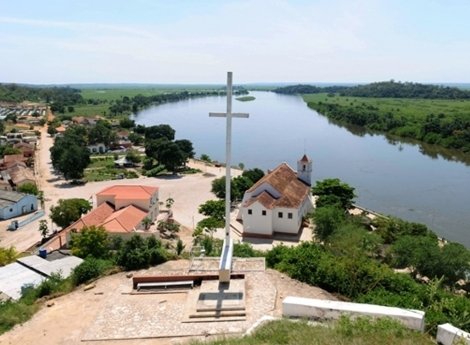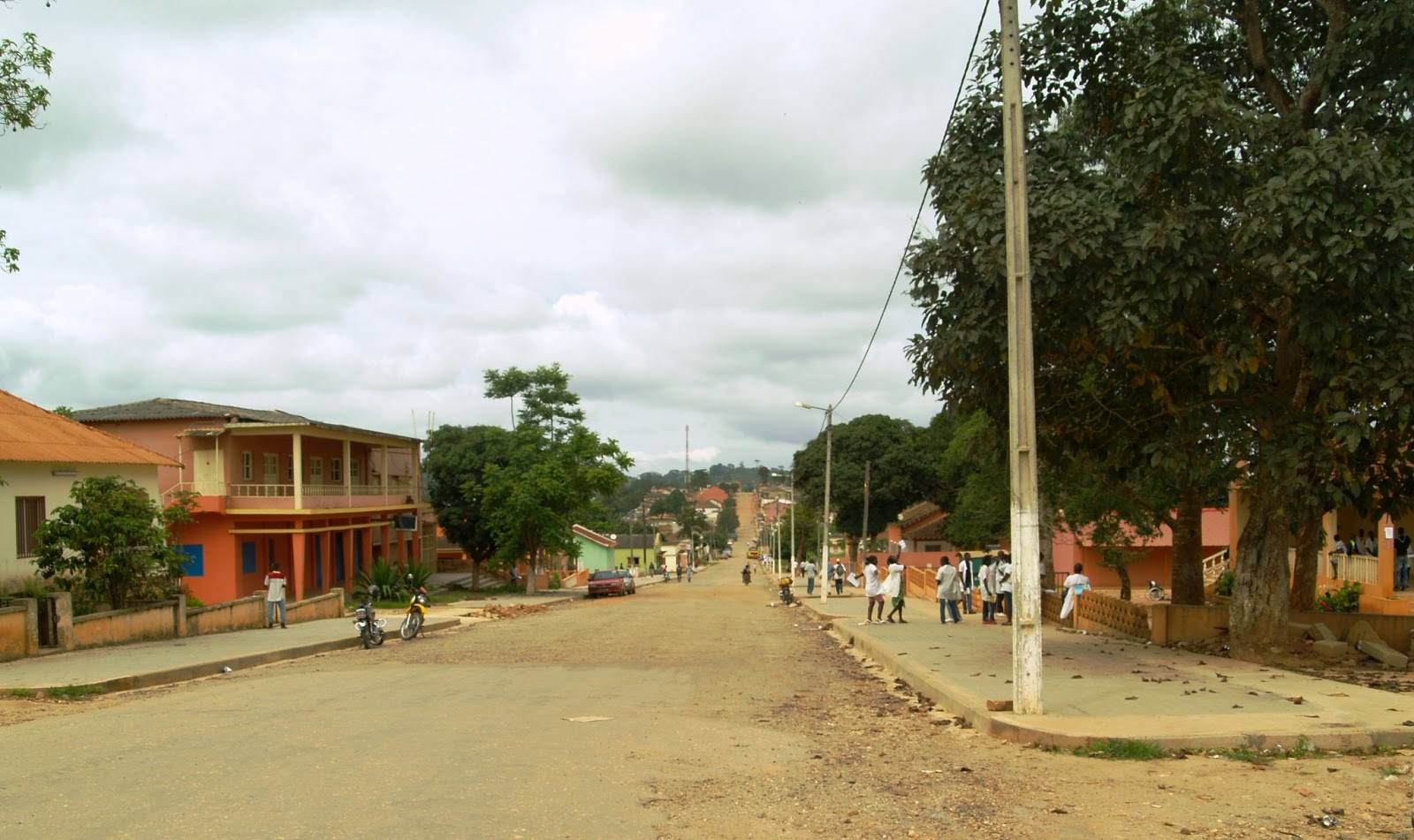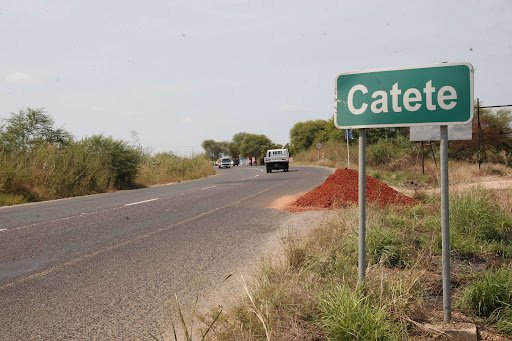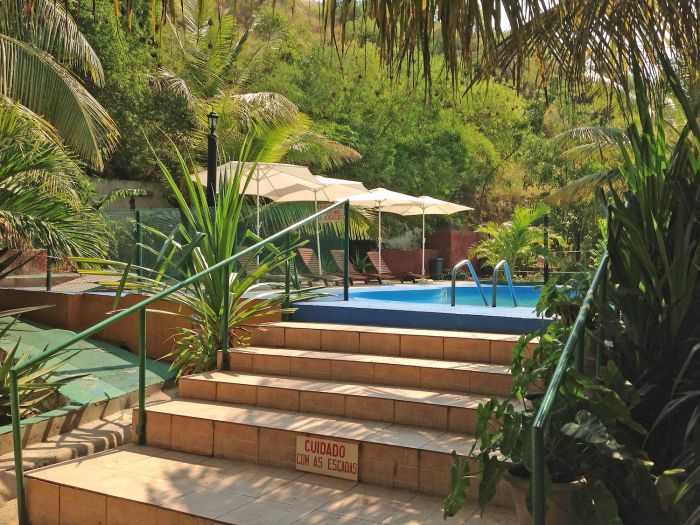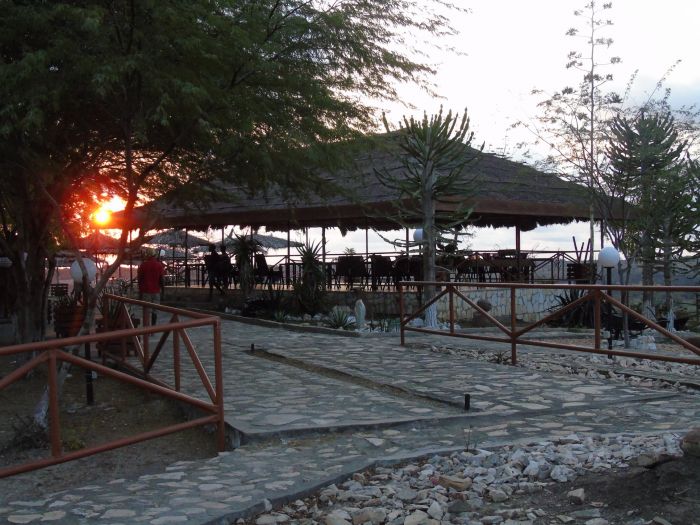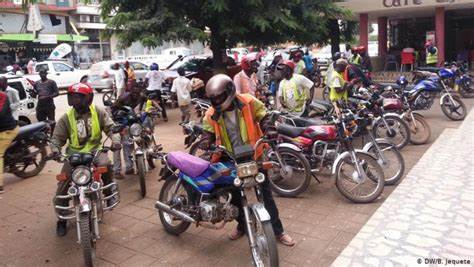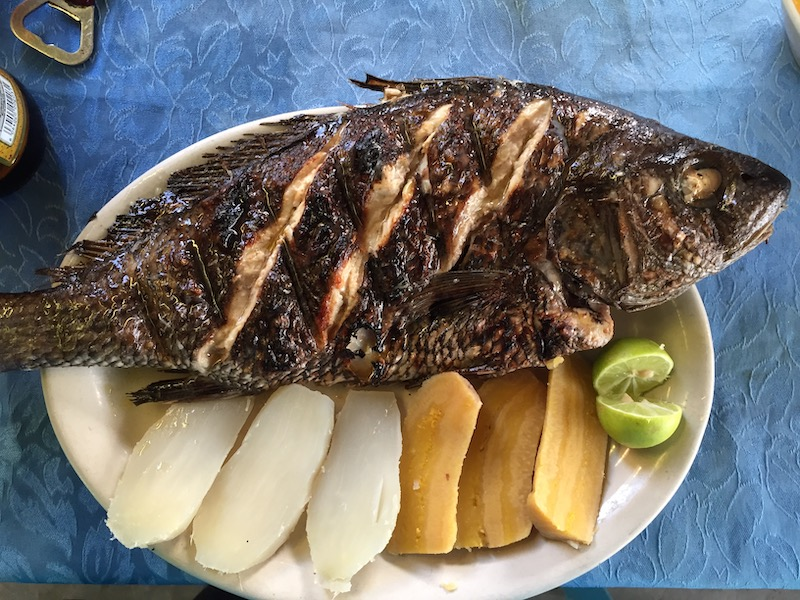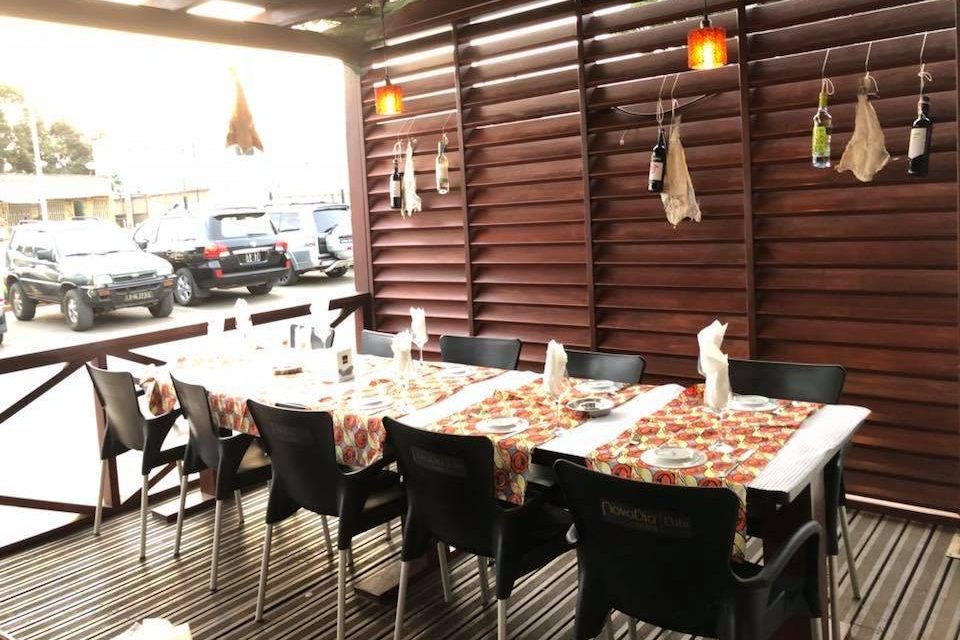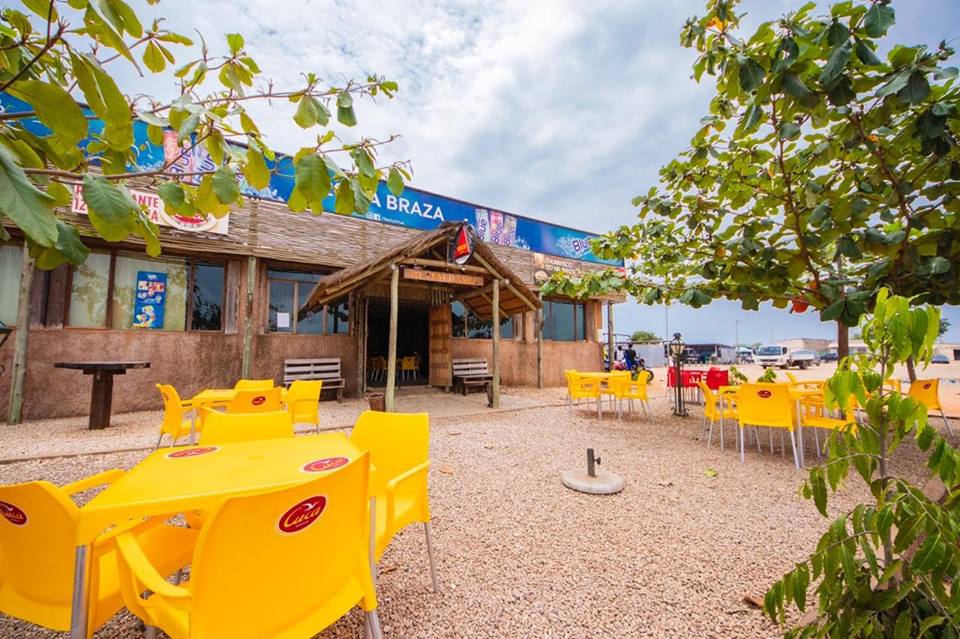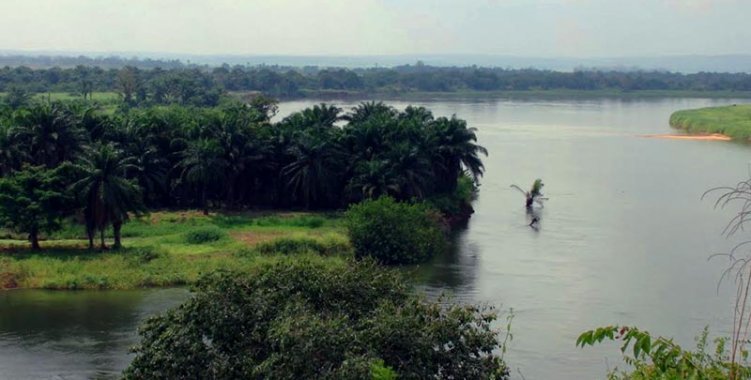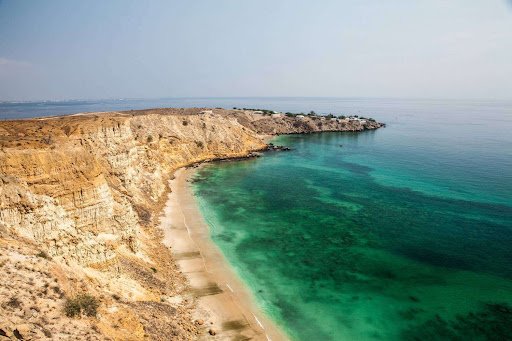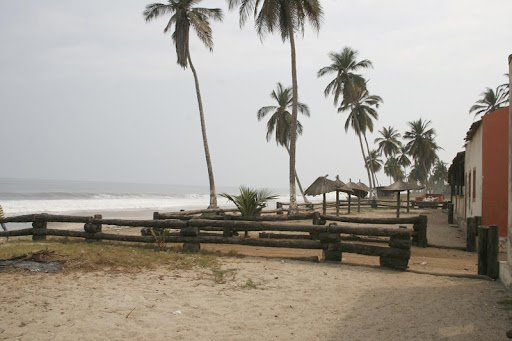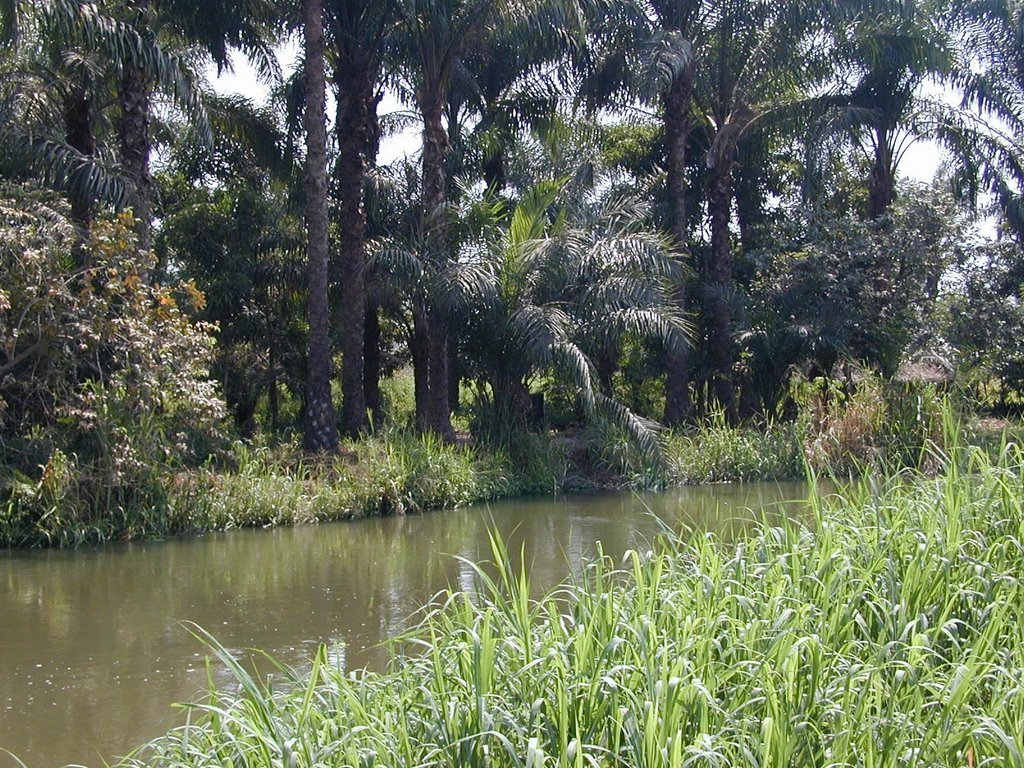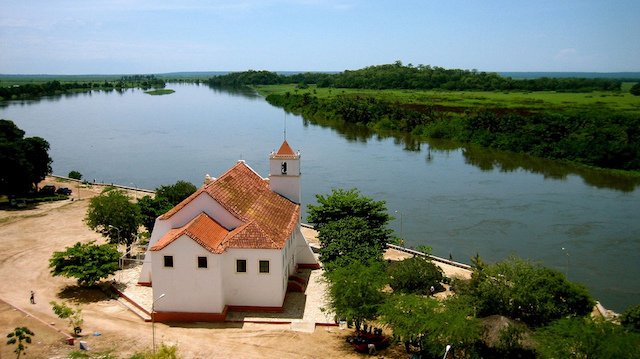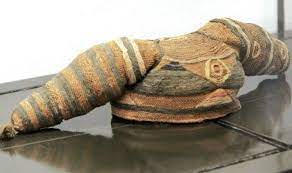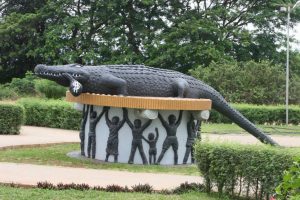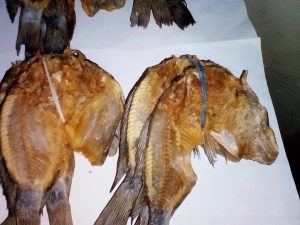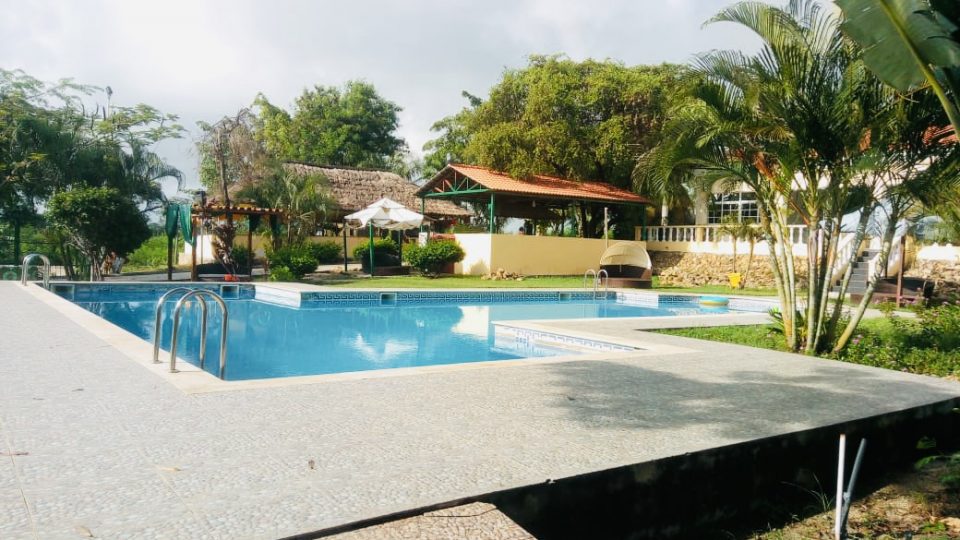- Sanctuary of Muxima
History
Bengo is a province of Angola that is located in the central north region, is bathed by the Atlantic Ocean and has neighboring provinces. Luanda, Zaire, huge, North Kwanza and South Kwanza.
In the year 1810 the region underwent the first administrative reform, the district of Dembos was created, later this district became part of the district of Luanda, this in 1857. After 4 years the region underwent the second administrative reform under a different name. of Ambriz, in 1866 the district once again belonged to the district of Luanda.
Bengo became a province on April 26, 1980, after the division of the province of Kwanza Norte, with Caxito as the main municipality, and 3 municipalities in the province of Kwanza Norte (Pango Aluquém, Dembos and Bula Atumba). municipalities now belong to the province of Bengo.
In 2011 the deputies of National Assembly approved a Law (Law number 29/11, of 1 September) that disassociated 2 former municipalities from Bengo to become part of the province of Luanda (Ícolo Bengo, Quissama).
- Kibaxe Commune
Geography and Demographics
- Total Area - 25,139km
- Population - 351,579
- Average Temperature - 26°C
- Climate - Dry Tropical
- 5 Municipalities
After the administrative reform of 2011 the province of Bengo was made up of the following municipalities:
- Ambriz
- Atumba package insert
- both
- Nambuangongo
- Pango Aluquém.
Climate
Bengo has a dry tropical climate and an average annual temperature of 26ºC, with a maximum of 33ºC in March and a minimum of 17ºC in July.
population and language
The province of Bengo is part of the habitat of the Ambundu ethnic group. However, migrations caused in Angola by the War of Independence led to the constitution of Bakongo and Ovimbundu nuclei in its territory.
The main national language spoken in Bengo province is Kimbundu.
How to get
For those in Luanda province and wanting to get to know Bengo, the best access route is by road. You get to Cacuaco, and take a mini bus that arrives at the Barra do Dande detour. On the detour you should again take another minibus that continues on to the province of Bengo.
On average, the trip by car to the province takes 10 hours. The main road of Catete is used.
- Catete road
Where to stay
To have a good stay in the province of Bengo you can
- Hotel IU Caxito
- Panguila Hotel
- Pasárgada Tourist Village – Barra do Dande
- Turitanga Tourist Complex – Barra do Dande
- Paradise Tourist Complex – Barra do Dande
- Pasargada Tourist Complex
- Paradise Tourist Complex
- Turitanga Tourist Complex
Transport
To get around the province of Bengo you can use the informal market taxis called Candogueiros, usually they are painted blue and white. These taxis have specific stops and take approximately 14 seats.
As an alternative there is the mototaxi service, these are bikers who are located in all corners of the province of Bengo, this transport service takes the passenger to their chosen destination at a cost of 150 Kwanza, which, converting into other currencies, is 0.20 Euros , 0.24 US Dollars.
- Illustrative images of motorcycle taxi service
Typical dishes & where to eat
In Angola each province has a different cuisine. In the province of Bengo, you can taste the fish cacusso, a freshwater fish that can be served with beans, potatoes and other accompaniments. As an alternative to cacusso, one of the typical dishes of this region is lobster.
- grilled cacusso
To taste the gastronomy of the province of Bengo, you can visit the following restaurants as an alternative:
- Seven Flavors Restaurant
- Restaurant 120 in Braza
What to do
The province of Bengo has several tourist attractions, exotic places that cannot be missed, among which we can highlight forest reserves, beaches, rivers, places of pilgrimage, ruins and much more.
Visit the Kibinda Forest Reserve: It is located in the province of Bengo. It has an extension of 100km2 and is a rainforest with fog. This forest is limited to the north by the trail that goes from Nova Caipemba to Kitexe, to the south by the road that goes from Kitexe to Aldeia Viçosa, to the east by the Loge river and to the west by the Vamba river.
- Visit the Kibinda Forest Reserve
Visit the Kibaxi-Piri Forest Reserve it has an area of 200km2 and is limited to the north and east by the river Loma and to the south and west by the river Ocua. It has different types of vegetation such as semi-deciduous, polystrata, Guinean-Zambezia and mesoplastic fog forest: Celtis, Albiza, Morus, Ficus, etc.
visit the beaches
As an option you can visit the following beaches which have beautiful landscaping. There are magnificent beaches excellent for fishing, marine sports, diving and surfing (Praia de Cabo Ledo).
- Sangano beach
- Cabo Ledo Beaches
- Pambala beach
- Santiago beach
- Caotinha beach
- Pambala beach
Visit the River Bengo
The Bengo (or Dande) River runs from east to west through the province, flowing into the Atlantic about 20km north of Luanda. In its higher courses there are rapids, while in the lower areas there are lakes and lagoons.
- River Bengo
Get to know the village of Muxima
Muxima, a small village, owes its importance to the pilgrimage to its 16th century church, the Church of Our Lady of Muxima.
The Church of Nossa Senhora da Muxima – built between 1641-1648, has been a national monument since 1924 and is located in Muxima, 130 km from Luanda. It houses the Sanctuary of Our Lady of Muxima and receives thousands of pilgrims, especially in September, on the Feast of Our Lady of Muxima.
Also the Muxima Fortress is a must-see; situated on a hill on the left bank of the Kwanza River, it was built by the Portuguese in 1599 to defend goods and slaves against the Dutch.
- Vila da Muxima
Ruins
There are also several Ruins that are worth the visit: Cal de Bom Jesus Lighthouse, Former Jesuit Church of Barra do Dande and Ambriz Archaeological Site, just to name a few.
What to bring in the suitcase
- Summer clothes;
- Sunglasses;
- bathing suits;
- moisturizing skin creams;
- Cash;
- Camera.
Tips for managing your expectations
- Bengo is a city without traffic (easy to use cars);
- The quality of services provided may not exceed expectations (Especially public services);
- It is possible to run into electrical power problems;
- In the motorcycle taxi service, in some cases, the price may be increased according to the distance covered;
- In some municipalities there is no mobile network coverage;
- There are tourist places that, in order to have access, the local authorities (Soba) must first give authorization
What to take home
As souvenirs from your visit to the province of Bengo, you can take the following souvenirs with you:
- Carry replica of a piece Kijinga: The hat is considered a symbol of traditional power.
- kijinga
- Take a picture at the Monumento do Jacaré Bangão: In the animal image, he holds a money bag with his teeth. According to legends, the animal paid a tax to the chief of Caxito, for refusing the population against the colonial imposition.
- Alligator Bangão
- Take fresh or dry cacusso fish.
- dried cacusso fish
With this tourist guide you can enjoy a complete visit to the province of Bengo. Please let us know if this article was helpful to you in the comments below.
Enjoy it!

